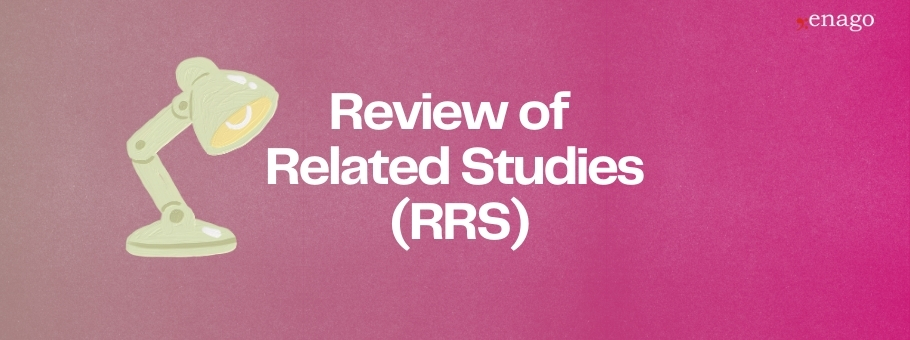How Sharing Peer Review Data Helps Counter Scientific Misconduct

Life science research is going through a reproducibility crisis. Indeed, 70% of researchers have tried and failed to reproduce another scientist’s experiments. This has prompted scientists to question peer review models and promote the sharing of peer review data. All of this has come as an effort to promote scientific integrity and effectively minimize instances of scientific fraud.
Analyses in psychology and cancer biology have revealed shocking facts about experimental reproducibility. According to a recent study, only 40% of the reports from psychology and 10% from cancer biology are reproducible. This lack of reproducibility is largely due to the selective reporting of data, pressure to publish, low statistical power/poor analysis, insufficient replication, poor experimental design, or unavailability of raw data. One way to address this is to promote the peer review of manuscript data. This will significantly facilitate the assessment of data accuracy.
Sharing Raw Data
Efforts to promote data sharing have been increasing. Nevertheless, only a few journals have actually implemented policies to meet the goals of establishing transparency.
Some journals review data sets, but they do not share such data sets. Furthermore, peer review itself has not been systematically reviewed for efficacy (perhaps, this has consequences for reproducibility too). There continue to be discussions on enhancing resources that are available to editors and researchers. One possible solution is to work with meta-researchers and create experimental peer review systems that can be validated easily. Incorporating plagiarism detection software for detecting copied data sets could also help to some extent.
Peer Review of Shared Data Sets
Currently, several journals require that authors submit data sets for peer review. Journals then perform a technical and subject-area review of data sets, which includes an assessment of the following:
- Data logic
- Consistency
- Formatting
- Open access plausibility
- Quality
- Handling/reuse
- Units of measurement
- Quality of collection methods
- Presence of any anomalies
Meanwhile, several researchers still hesitate to share data sets, presumably because of the extreme competition and reduced research funding.
Journals Should Share Peer Review Data
Sharing all aspects of peer review could help promote transparency. PEERE, a large European cohort, worked with Elsevier, Springer Nature, and Wiley to develop a protocol to do so. Ultimately, their efforts seek to develop a normalized system for publishing peer-reviewed data sets.
In addition to the PEERE initiative, several peer review models need modifications to enhance the transparency of manuscripts and experimental data sets. In summary, the peer review of shared data sets is expected to decrease instances of scientific misconduct.
Would you be happy to share your experimental data sets during the peer review process? Do you have any legitimate concerns? Please share your thoughts by adding your comments in the section below.










